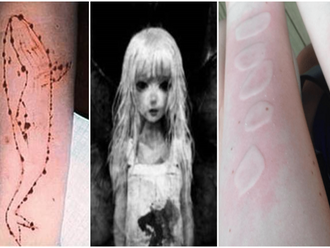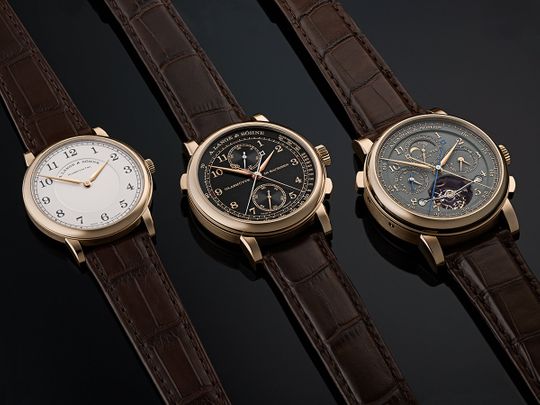
This year marks 175 years since the founding of Ferdinand Adolph Lange’s first pocketwatch workshop in the Saxon town of Glashütte in eastern Germany. Such is the town’s reputation now that many, including the legendary Philippe Dufour reckon Glashütte, not Switzerland, is the new reference for fine watchmaking. To mark the 175th anniversary, A. Lange & Söhne today unveiled a trio of watches that pay tribute to their founder.
If you are unfamiliar with the Glashütte story, here’s a recap: On December 7, 1845, a 30-year-old F. A. Lange, a journeyman watchmaker from Dresden, established his atelier in Glashütte. Only three years later, he would become the mayor of this town. Glashütte flourished as Germany’s watchmaking hub producing high quality pocketwatches and marine chronometers right up to the end of World War II.
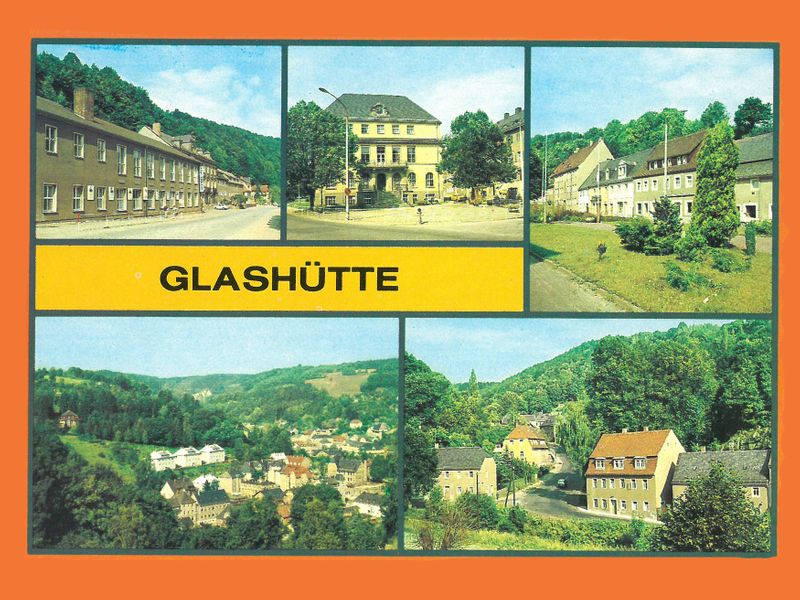
After the war, the East German government nationalised the town’s many watchmaking companies into one state-run enterprise called the VEB Glashütter Uhrenbetriebe (GUB). Post the reunification of Germany in 1990, the GUB was dismantled and marked for privatisation and would lead to the re-establishment of A. Lange & Söhne (lead by his great-grandson Walter Lange) and spawn the birth of brands like Glashütte Original, Moritz Grossman, and Nomos. In less than two decades, the town would re-establish itself as the heart of German watchmaking again.
The three watches unveiled today at the Watches & Wonders exhibition in Shanghai are part of Lange’s 1815 collection – fitting since this line is named for the founder’s birth year and the classical design of these timepieces draw from the style of pockewatches made by F. A. Lange. All three watches released today use the brand’s proprietary 18 carat honey gold case – a gold alloy with a warm sheen that’s used only for special editions – and feature the inscription “Homage to F. A. Lange” on the casebacks. Here’s a quick look at the three models
1815 Thin Honeygold ‘Homage to F. A. Lange’
The simplest of the three releases, this is a classical-styled dress watch with a honey gold case that’s 38 mm-wide and just 6.3-mm thick. The hands, buckle, and case are made from the aforementioned gold alloy that’s harder than conventional 18 carat gold. Deserving of the occasion, the watch is fitted with a brilliant white two-part enamel dial.
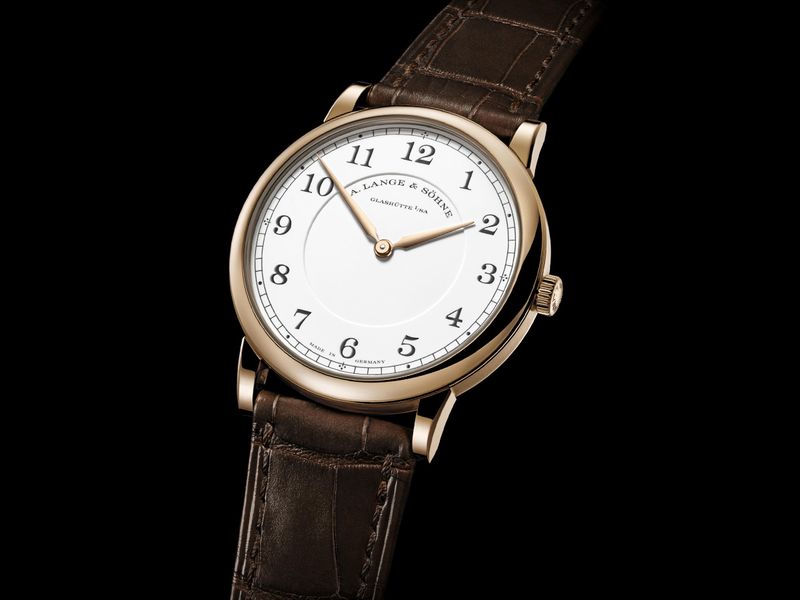
It is powered by the Caliber L093.1, a hand-cranked movement that’s been used previously in the Saxonia Thin model. Watch connoisseurs have long admired the technical ingenuity, architecture, and lavish decorative techniques used on Lange movements. The trio released today feature a finishing technique that is typical of what was seen on F.A. Lange’s pocketwatches.

So instead of the regular Glashütte ribbing (the striped pattern seen on the German silver bridges), the three-quarter plate has a granular surface texture similar to those on historic Lange pocketwatches. The engraving on the plate and balance cock are black-rhodiumed, a concession to modernity. The watch is fitted with a dark brown leather strap with a honey gold buckle, is limited to 175 pieces and is priced at €33,000. You can read more about the watch on WatchTime Middle East’s website.
1815 Rattrapante Honeygold ‘Homage to F. A. Lange’
The spilt-seconds chronograph along with the perpetual calendar, the minute repeater, and the tourbillon is among the quartet of high complications that serves as the standard by which all haute horology brands are measured. The 1815 Rattrapante Honeygold “Homage to F. A. Lange” is a purist’s delight, the watch’s honey gold case frames an inky black dial with honey gold accents.
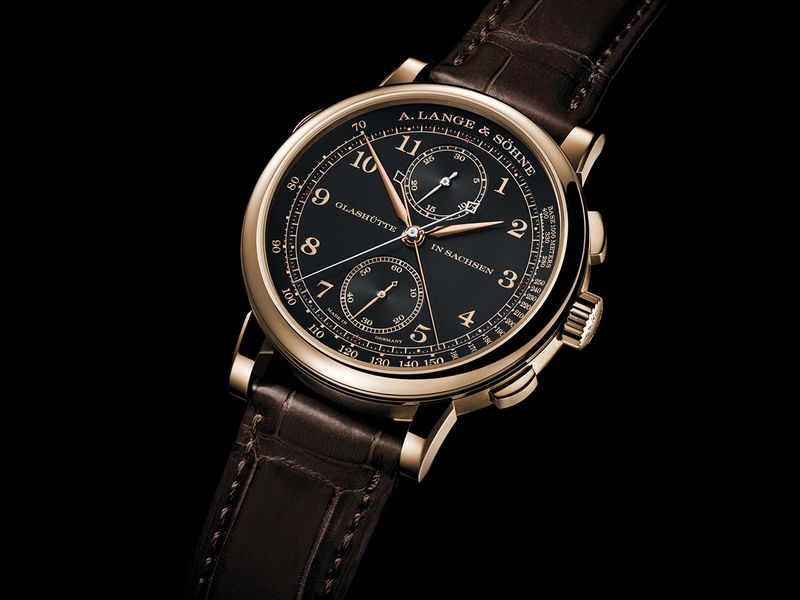
The beating heart of this watch is the new manual-winding Caliber L101.2. The rattrapante (split-second) mechanism and the two column wheels are clearly visible via the sapphire-crystal caseback. The movement’s German silver bridges again have a granular finish. Lange’s mastery of finishing techniques is on display here again - the movement, which comprises 365 components, has a power reserve of 58 hours.
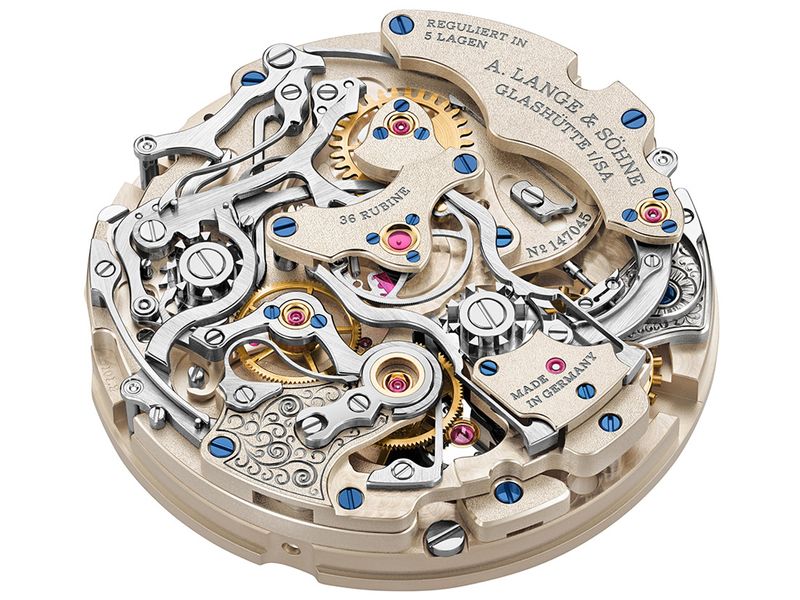
Paired with a dark brown alligator leather strap, this is a limited edition of just 100 pieces and is priced at €130,000. You can read more about the watch on WatchTime Middle East’s website.
Tourbograph Perpetual Honeygold 'Homage to F. A. Lange'
This is among the most complex watches that come out of the Lange manufactory. It combines a perpetual calendar, a split-seconds chronograph, a tourbillon, and a fusée-and-chain transmission that ensures constant torque to the escapement. The present watch is a reinterpretation of the Tourbograph Perpetual ‘Pour le Mérite’ that was introduced in 2017.
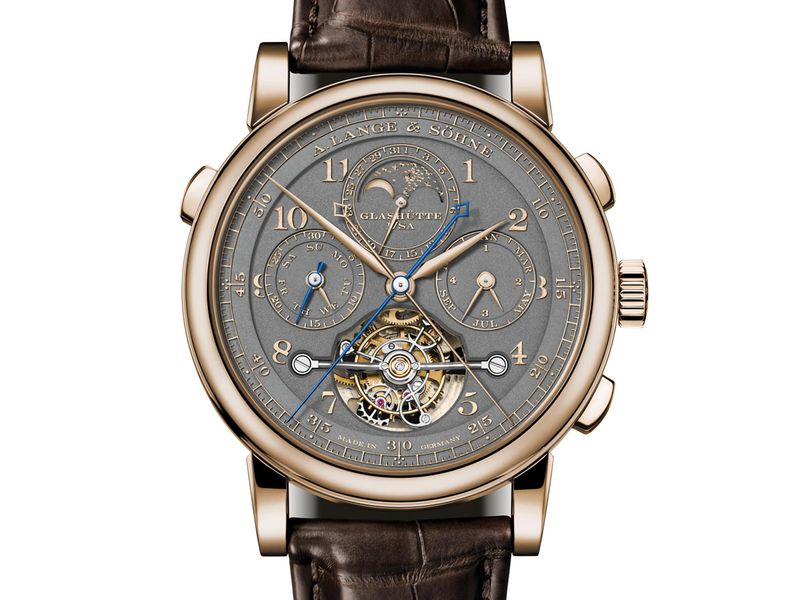
In addition to the case, Lange use honey gold on the dial too. The black-rhodiumed honey gold dial has a real three-dimensional quality thanks to the relief-engraved numerals and scales, the numerals actually rise up 0.15 mm. The perpetual calendar utilises the three subsidiary dials to display the date, day of the week, month and leap year. The upper half of the analogue date also accommodates the moon-phase display, which is calculated to remain accurate for 122.6 years. The moon-phase disc is also made of honey gold, so are the hands of the time and calendar displays.
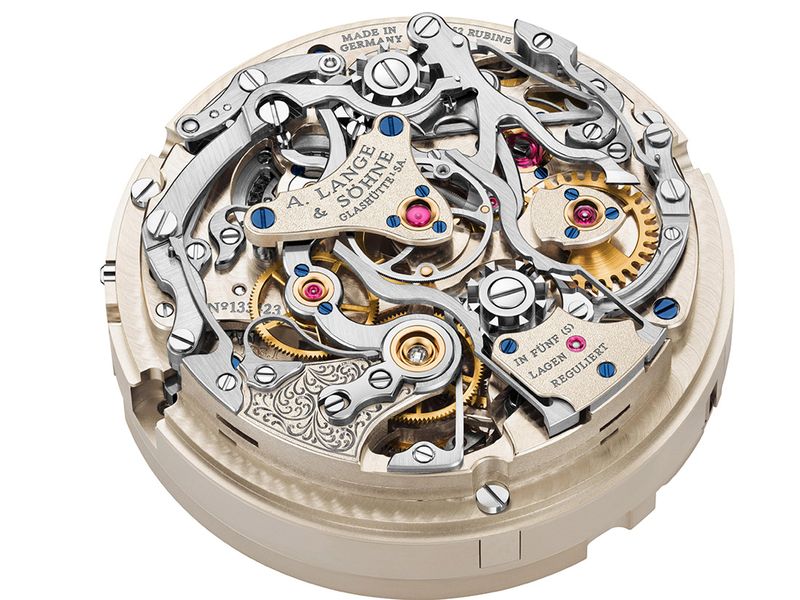
The incredibly complex movement, Caliber L133.1 is made up of 684 parts, and its assembly is entrusted only to the brand’s best watchmakers. Like the other watches in the trilogy, the movement’s German silver bridges have a granular finish and black-rhodiumed engravings. Once again, Lange delights with a full spectrum of finishing techniques, executed by artisans at the top of their game. Limited to just 50 pieces, this watch is priced at €500,000. Read more about this watch on WatchTime Middle East’s website.




